Introduction
After over 240 days of establishment, Jidu Auto has accomplished its first car product positioning, design and wind tunnel experiments with clay models. The development of intelligent driving and smart cockpit based on SIMU Car (simulation vehicle) has already started.
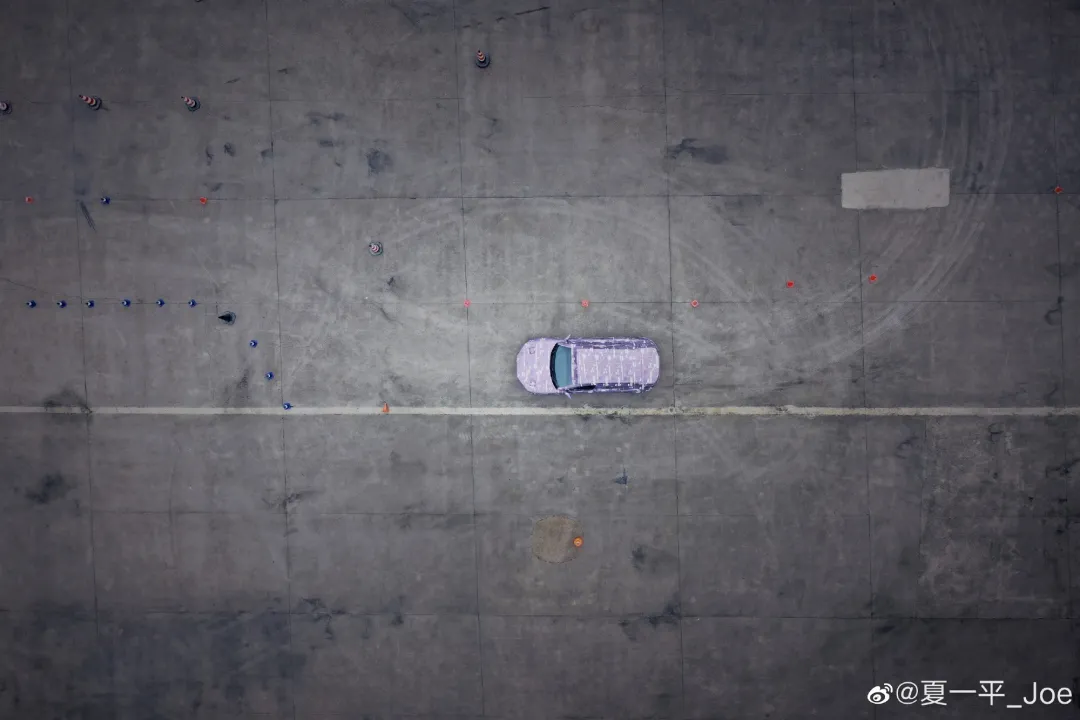
As the head of Jidu’s intelligent driving team and former member of Apple Titan project and former CTO of unmanned delivery startup, New Squirrel, Wang Weibao stated that SIMU Car will have basic intelligent driving assistant functions for some urban and highway domains by the end of December.
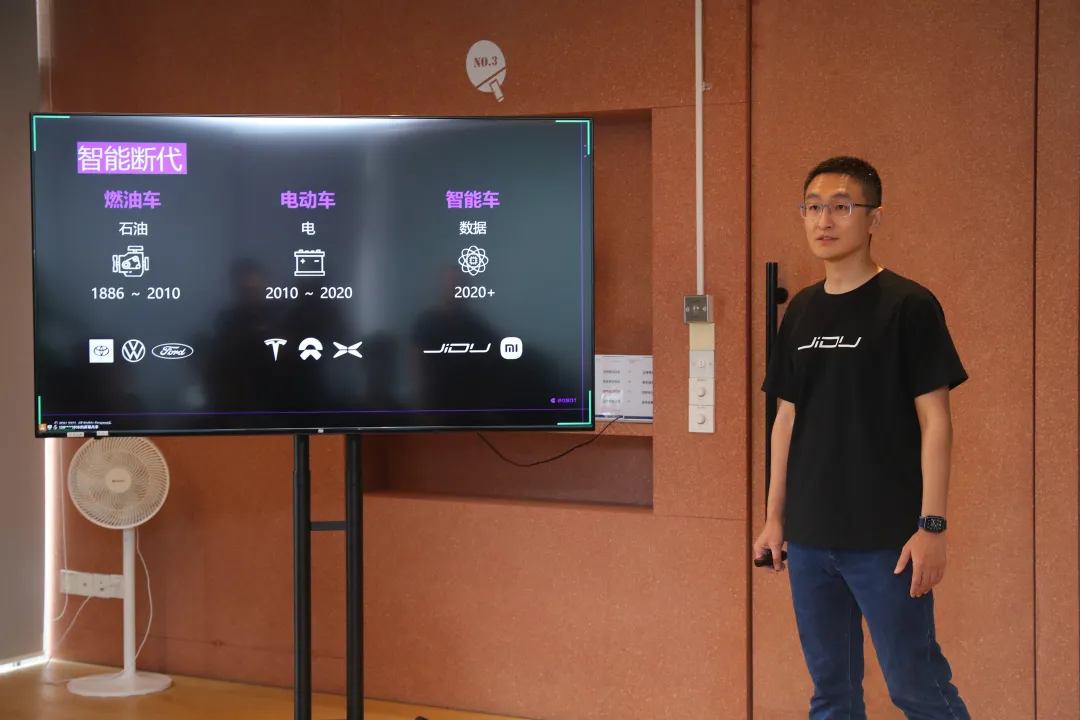
Compared to the traditional development cycle of the automobile industry or other new car-making start-ups in the same stage, Jidu’s progress is quite speedy. In order to release a “close to mass production” car model by April of next year and start delivery in 2023, Jidu’s speed will only become faster.
Car Robot
On November 2nd, Wang Weibao shared Jidu’s thoughts on intelligent driving. At the beginning of the sharing meeting, he emphasized repeatedly, “First of all, we want to make a Jidu car robot with three main abilities: free mobility, natural communication, and self-growth”.
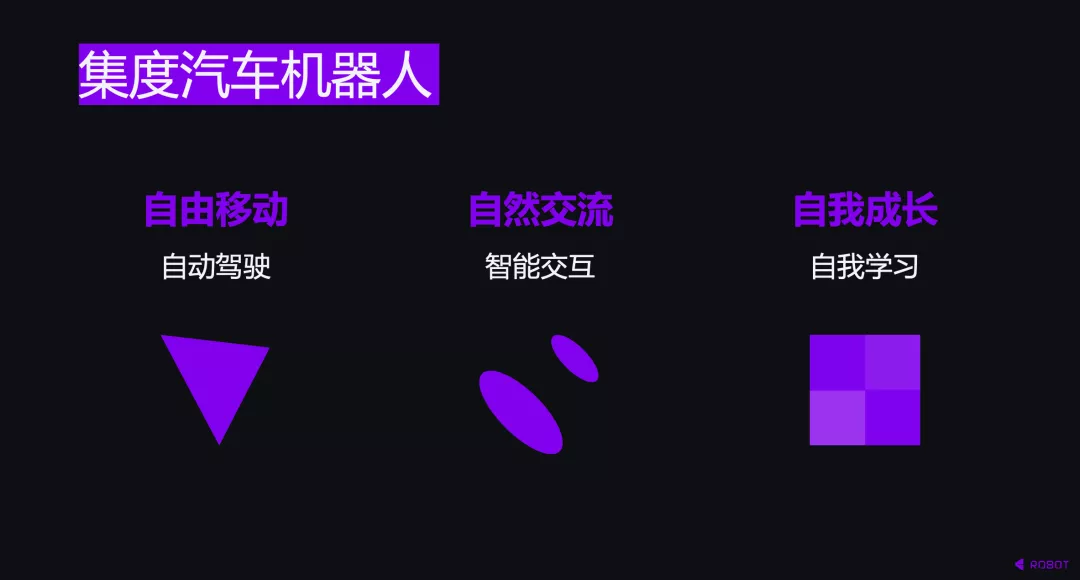
Undoubtedly, intelligence is Jidu’s biggest label and mission. As the status of intelligent capability continues to increase, automobile research and development is facing changes. The traditional research and development process of vehicles, which progresses from the chassis to software, is gradually no longer suitable for intelligent electric vehicles. In the new process of intelligent automobile research and development iteration, software front-loading becomes more and more important.
Therefore, different from Mule Car, which is mainly responsible for validating the powertrain and chassis, Jidu has launched SIMU Car (Software Integration Mule Car), which is used to simulate software development in a vehicle environment.
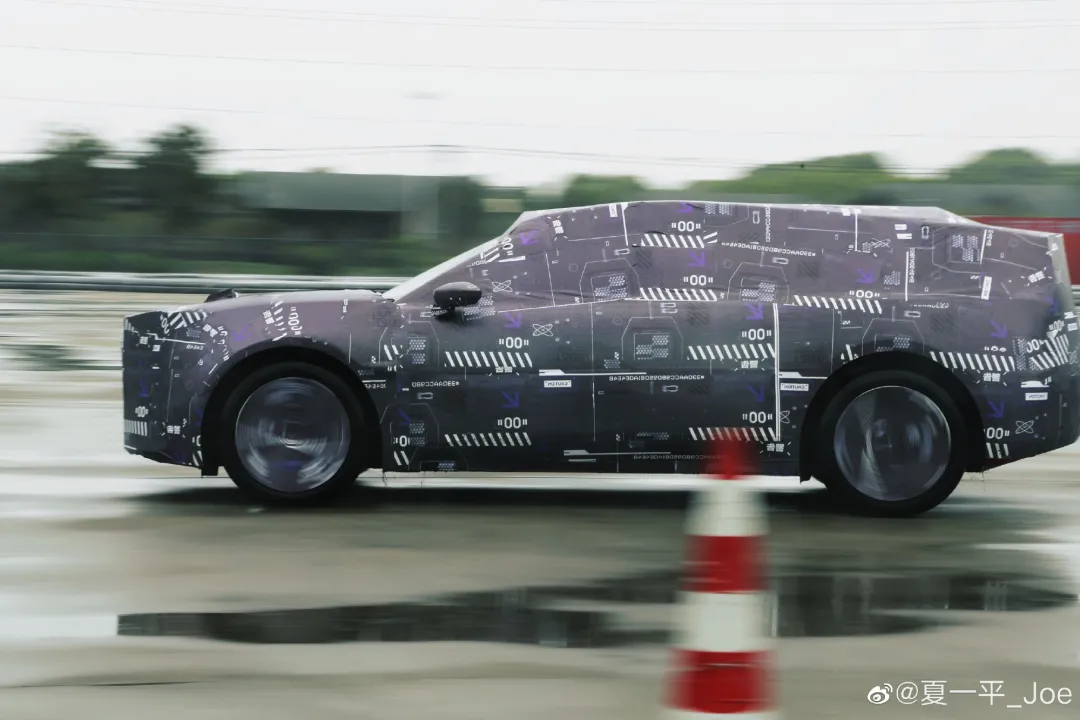 SIMU Car provides the ability of electric/electronic architecture targeting L4 level in-house development, including core algorithms and communication network, which is metaphorized as the “neural network” of future car robots by Wang Weibao. When combined with SOA (Service-Oriented Architecture) based on JET architecture developed jointly with Apollo and Geely by SIMU and the project engineer of Baidu Apollo can conduct R&D software and verification of the whole project in the early stage, which is the current stage.
SIMU Car provides the ability of electric/electronic architecture targeting L4 level in-house development, including core algorithms and communication network, which is metaphorized as the “neural network” of future car robots by Wang Weibao. When combined with SOA (Service-Oriented Architecture) based on JET architecture developed jointly with Apollo and Geely by SIMU and the project engineer of Baidu Apollo can conduct R&D software and verification of the whole project in the early stage, which is the current stage.
SIMU CEO Xia Yiping has stated that SIMU cars will definitely be L4 level cars from electronic/electrical architecture to software to touching upon hardware system construction, rather than achieving through OTA upgrades after piling up hardware in advance.
Wang Weibao then divides SIMU Car into three main stages:
In the first stage, SIMU focuses on the development of foundational intelligent driver-assistance capabilities, software architecture and related fundamental logic, and adaptions with the chassis. By the end of December, SIMU Car can provide some basic intelligent driver-assistance functionalities in urban and highway domains.
In the second stage, the whole car will have the JET electric/electronic architecture capability targeting L4, and domain controllers and some basic intelligent driver-assistance capabilities will gradually reach mass production status.
In the third stage, the software system and whole car will be officially integrated, during which SIMU will improve and polish specialized capabilities for wider scenarios and gradually endow the system with self-learning/evolution capabilities.
The “self-learning/evolution capabilities” defined by SIMU as car robots already have some implications in the third stage. During the entire development process, SIMU will follow the agile development mode to enhance its capabilities through the process of “requirement-development-testing-publication.” Behind agile development is data support.
Wang Weibao said that before the SOP of the vehicle model, SIMU focuses more on the engineer-driven capability enhancement, and after the SOP, it will pay more attention to user needs, and continue to maintain the agile development mode, iterating the autonomous driving capabilities weekly, with data as the core driver of the entire process.## Iteration by Week is Traditional in Internet and Mobile Phone Industry, but Not Routine in Automotive Industry.
JD believes that software and algorithm capability is its core ability and gene, and it is a data-driven technology company that is confident of achieving iteration by week in the intelligent automobile industry.

As JD’s product launch phase has not yet arrived, it is impractical to disclose much information. What can be confirmed now is that JD’s sensor architecture is locked, certainly different from ANP, and will include cameras, millimeter wave radar, and lidar, but the specific selection is yet to be determined.
Moment of Velocity
Since its establishment in March, JD has pressed the accelerator.
Although there were only three or four people at the beginning, with no fixed office location and members distributed in different time zones, the project was pushed forward by online conferences. However, in just three months, JD has quickly increased its team size to 100 people, and another 100 people joined in the following two months.
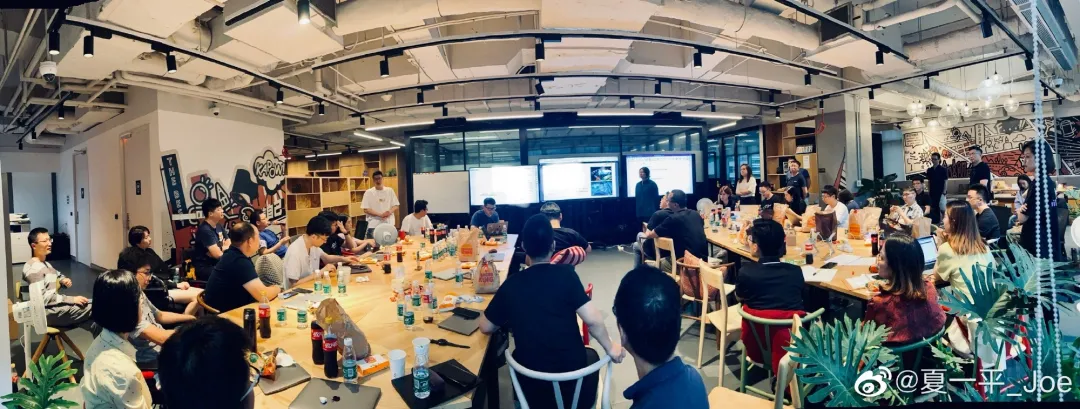
With a team of 200 persons, “small but complete,” JD covers the vehicle’s design, R&D, engineering, software, and operation.
With this small but excellent team, JD cooperated with Geely in aspects such as design, product, and technology, promoted the finalization of exterior and interior design selection, and entered the 3D modeling R&D phase.
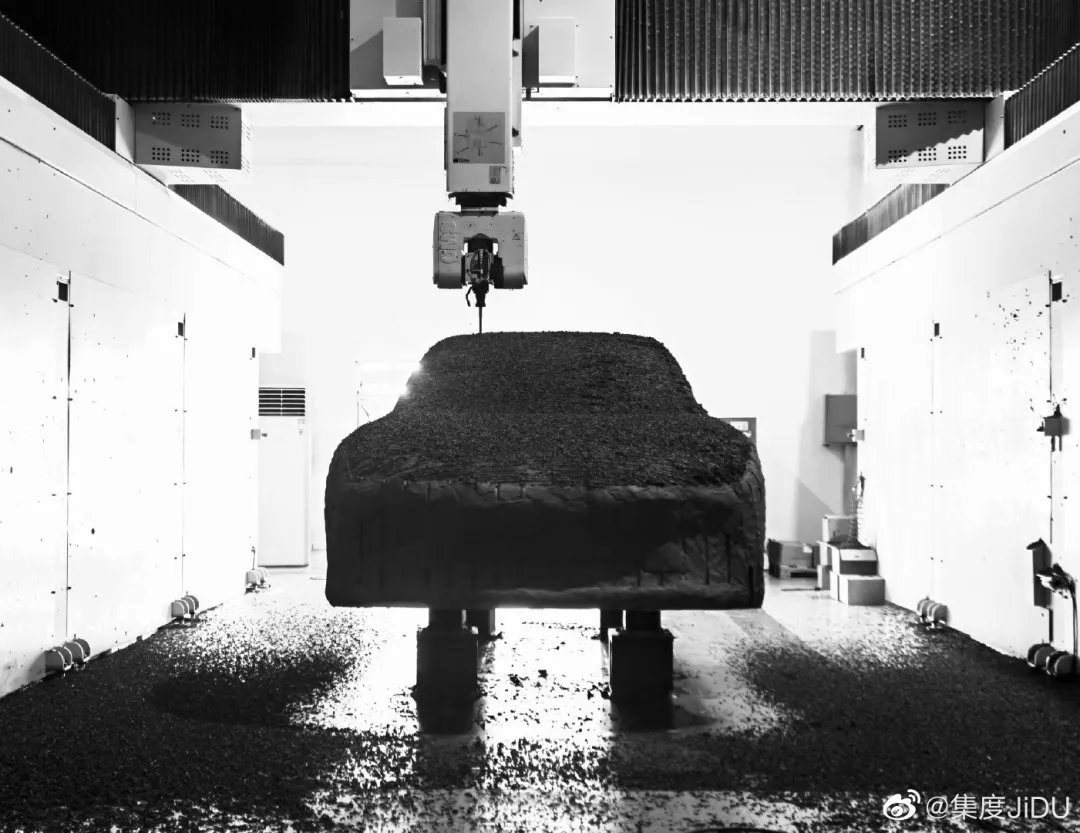
On June 1, JD proposed to build an intelligent electronic and electrical architecture for L4, JET. On July 7, JD completed the styling design, and the R&D entered the engineering development phase.
In August, JD began to lay out the supply chain, allied with power battery giant Ningde Times, reached a strategic cooperation with auto parts giant Continental Group, reached a cooperation with lidar manufacturer Hesai Technology, and completed full-size mud model wind tunnel experiments during this period.
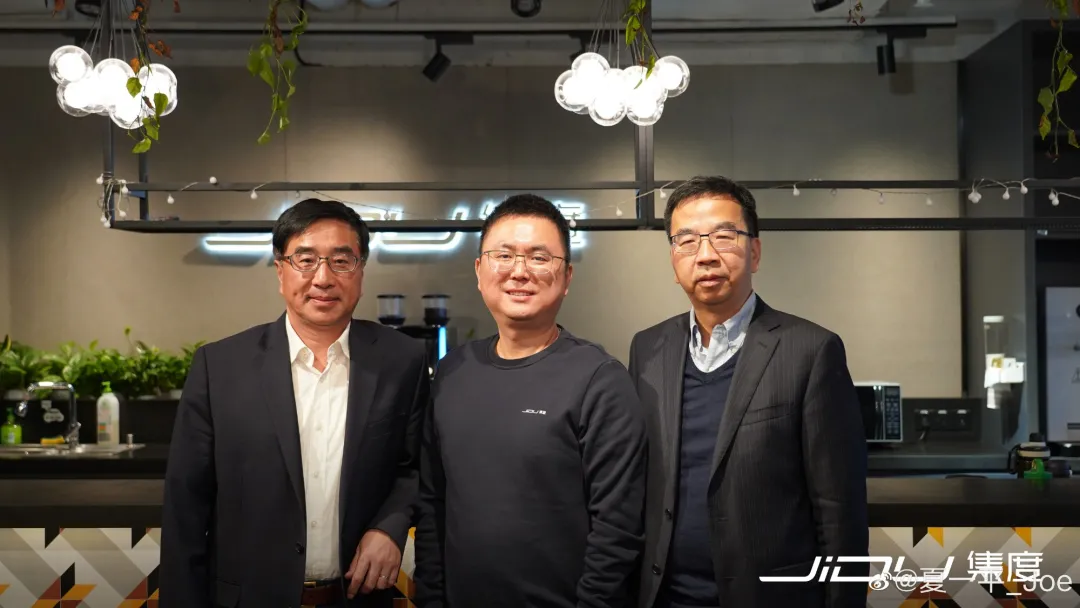
On September 24, SIMU Car from JD appeared on the road for a road test, and R&D of intelligent cockpit and intelligent driving functions started. After the SIMU Car road test for three months, at the end of this year, JD will share the technology capability after the fusion of SIMU Car’s urban and high-speed domains.It only takes less than a year for JIDU to release basic assisted driving capabilities under city and highway scenarios, and its progress far exceeds that of other new forces in the same period.

JIDU’s fast pace of car-making is naturally inseparable from the decoupling of its hardware and software by SIMU Car and its software-preferred approach. At a deeper level, JIDU’s fusion of Geely’s car-making hardware capability and Baidu’s smart driving software capability is the key reason.
First and foremost, JIDU’s car-making cannot do without Geely’s support. In addition to utilizing Geely’s mature supply and manufacturing system to avoid building its own factories and supply chain system, JIDU SIMU Car can also quickly make chassis modifications for L4 demand based on the empowerment of Geely SEA vast architecture, which will greatly improve efficiency compared to making modifications on traditional vehicle chassis.
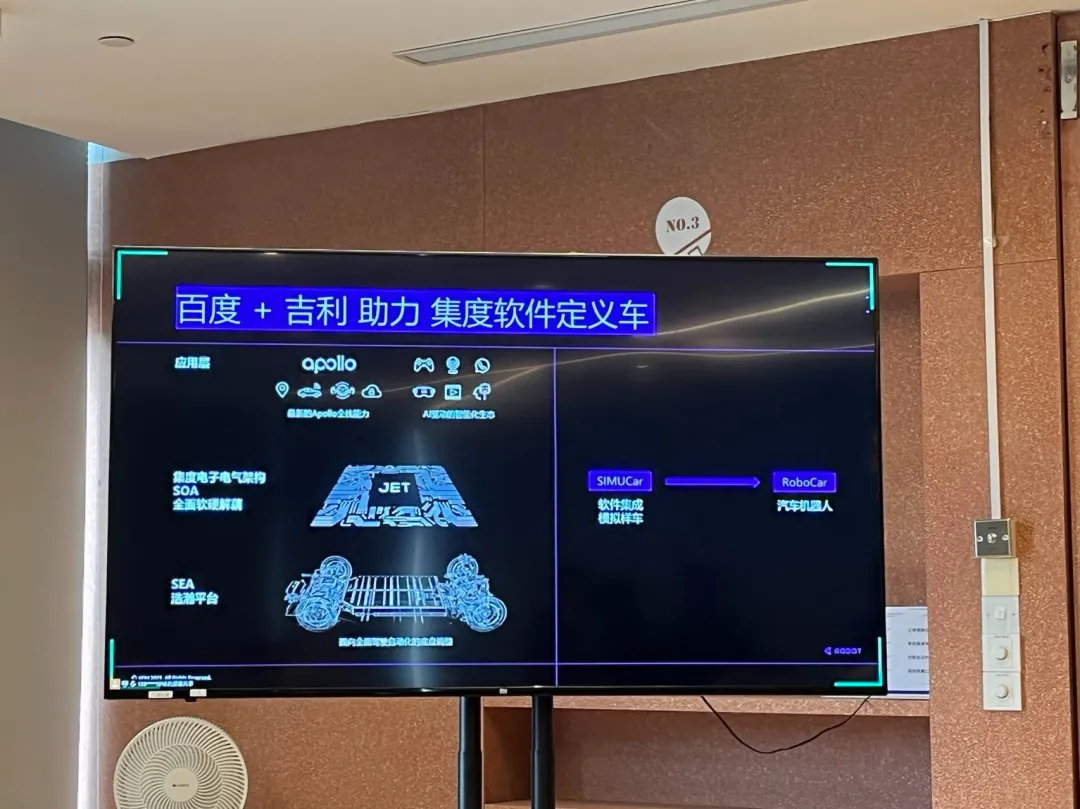
On the entire application layer, JIDU has the empowerment of Baidu Apollo’s full-stack capability and related AI ecosystem. Although JIDU’s starting point is not considered early, Baidu will empower JIDU with core capabilities accumulated over the past several years in road driving, high-precision maps, and intelligent experience.
Under the complementary empowerment of Baidu and Geely, JIDU only needs to build an L4-level electronic and electrical architecture based on the bottom-up and top-down empowerment capabilities, which can better integrate Baidu APOLLO and Geely SEA’s functions and present them to everyone at SOP.
Timing is Delicate
JIDU’s pace is already fast, but still not fast enough.
When asked what the most difficult part of autonomous driving development is, Wang Weibao replied at the technical level that perception technology is the most challenging aspect of autonomous driving from his relevant research since his school days.
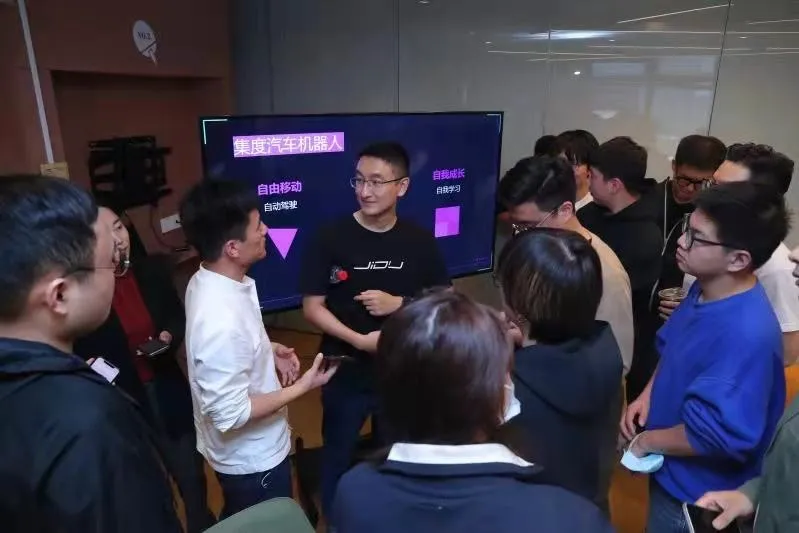
But Weibao also talked more at the non-technical level, which best reflects JIDU’s, and even Baidu’s concerns:
At the non-technical level, how to push autonomous driving technology and experience to consumers through a good product has different routes for everyone. There are also those who provide unmanned travel, and intelligent car companies like JIDU. We let everyone understand what autonomous driving is through different technical paths and solutions. For a new technology, it is difficult for the public to suddenly accept it.
Travel is the most important landing scenario for artificial intelligence, and Apple CEO Tim Cook has compared autonomous driving to the mother of all Apple AI projects. For Baidu, autonomous driving is also the knocking brick to enter the AI era.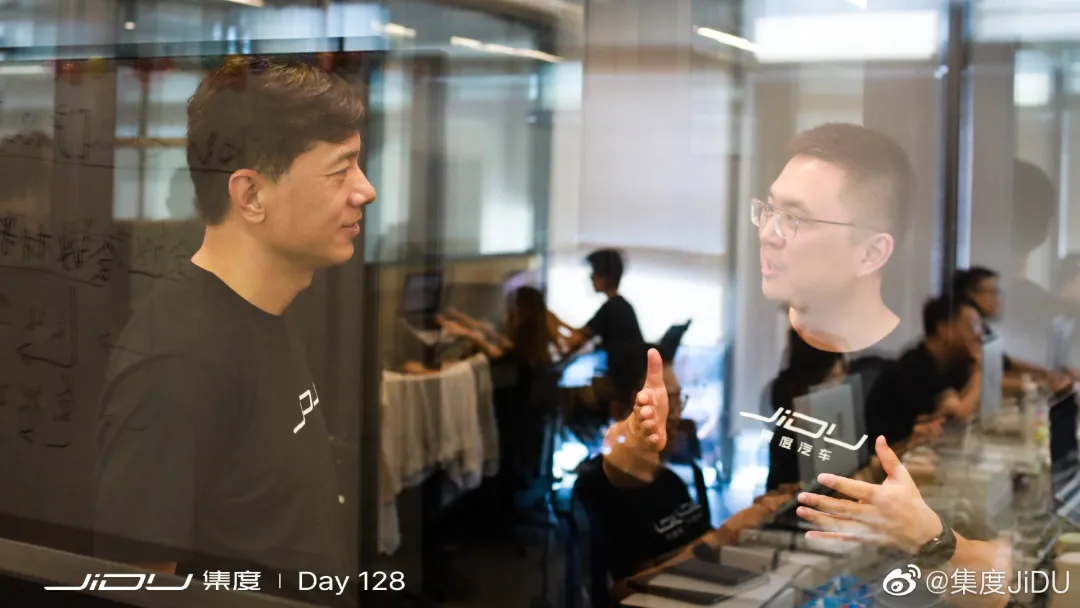
After almost 7 years of dedicated work on autonomous driving, Baidu Apollo has invested heavily in technology, testing, and data accumulation. As the largest autonomous driving platform in China, Baidu Apollo has yet to launch a proper product. In 2017, the Apollo autonomous driving ecosystem alliance was formed, consisting of 50 partners, but failed to make significant progress commercially.
New technology needs to be accepted by the public, and products are the bridge. Only by impressing users with its products can Baidu demonstrate the technological achievements. Through product anchoring, Baidu can have the opportunity to tell the public about the future intelligent AI world it has built.
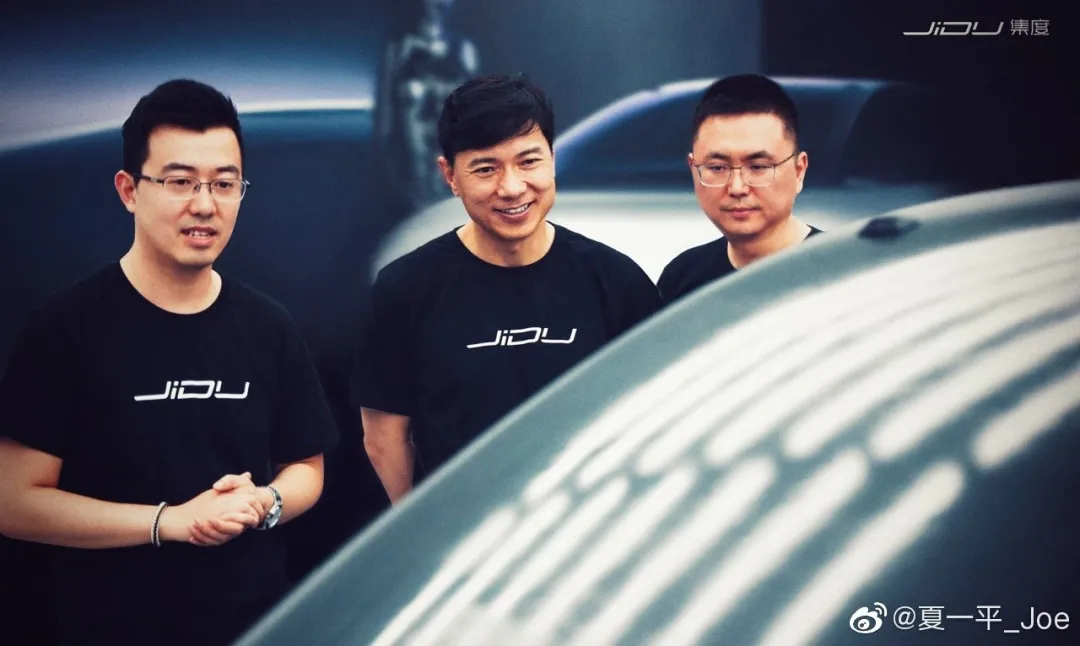
Thus, Baidu has the chance to seize the entrance ticket of artificial intelligence and make up for the regret of missing the mobile internet era. The speed of Jidu, which will carry Baidu’s autonomous driving capability, must be accelerated and has to be faster, since the window of opportunity is fleeting.
In just two years, Jidu has accomplished the task of establishing a brand and delivering products, which is fast. However, considering the delivery time of 2023, Jidu seems not fast enough. Only when smart products that are continuously nurtured by practical data are introduced into the market and under actual scenarios, can they become the most dynamic and vigorous ones. After multiple iterations, these products can form a protective wall of product power and user cognizance.
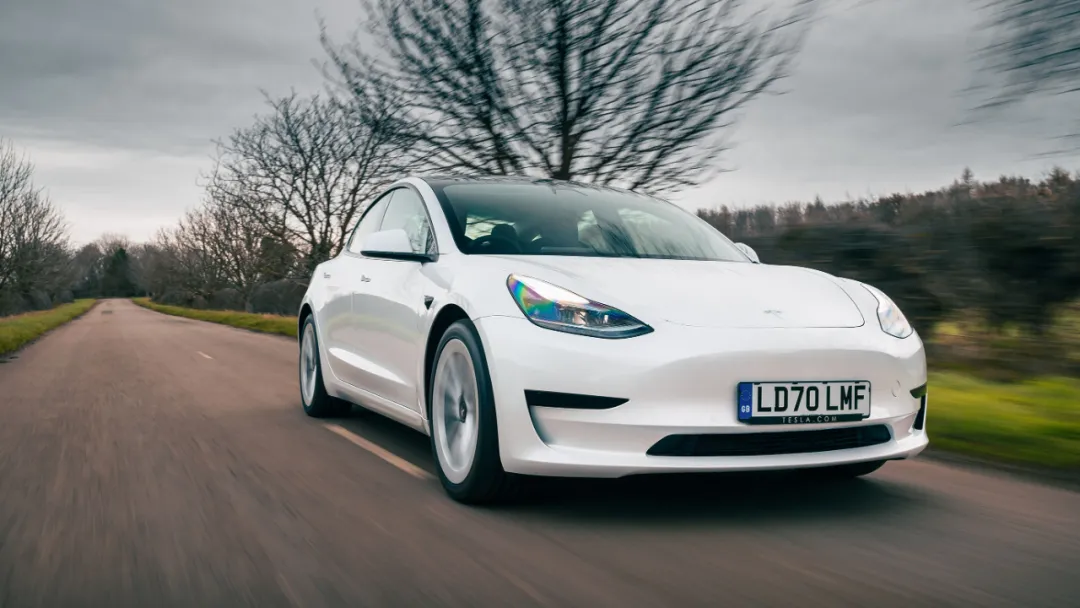
Tesla has successfully done this, and the new domestic car makers, such as XPeng, LI, NIO and Zeekr, who will open up part of their cities’ NGP in 2022, also have done so. Especially in the context of the potential smart driving upgrade battle in 2022.
On the other hand, considering the sales guidance and trend of each brand, when Jidu enters the market in 2023, sales of the likes of NIO, XPeng, LI, Zeekr, and Volkswagen are very likely to be between 350,000 to 500,000 per year, with the more aggressive Tesla leading the way. The market competition will be intense.
Therefore, despite the complementary empowerment between Baidu and Geely, Jidu still faces many challenges. Whether Jidu can take advantage of the new car-making wave and whether Baidu can obtain the entrance ticket to the era of artificial intelligence depends on the products that Jidu will produce.
This article is a translation by ChatGPT of a Chinese report from 42HOW. If you have any questions about it, please email bd@42how.com.